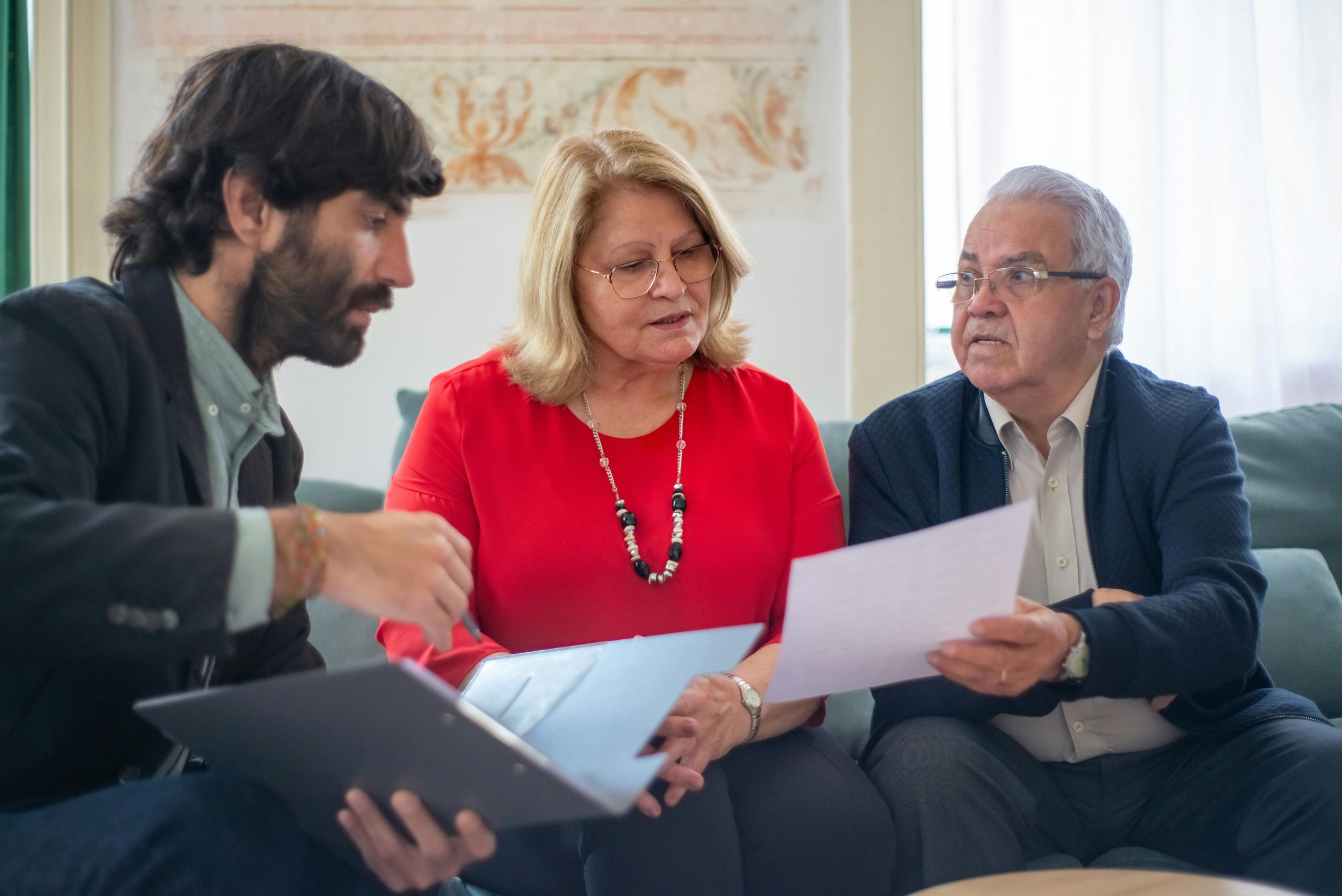Understanding Liability Coverage When You’re Not Behind the Wheel
Navigating insurance questions can be tricky, especially when you’re involved in an incident while not actively driving. Let’s clarify a common scenario: What happens if you’re a pedestrian and inadvertently cause damage to someone else’s vehicle?
Scenario Overview:
Imagine a situation where a friend is operating their vehicle, and as a pedestrian nearby, you accidentally cause a significant dent to their truck, requiring repairs. If you hold liability insurance through providers like USAA, you might wonder about your coverage in such cases.
Key Questions to Consider:
1. Will your liability policy cover damages caused while you’re not the driver?
2. Could simply inquiring about this coverage affect your premium rates?
Understanding Liability in Non-Driving Incidents:
Liability insurance generally covers damages you cause to others, but it typically applies when you’re the driver or at fault during driving. Damage caused by pedestrians or bystanders is often outside the scope of standard auto liability coverage. However, specific circumstances, policy details, and the nature of the incident can influence coverage.
Implications of Asking Your Insurer:
Reaching out to your insurance provider to clarify your coverage should generally be a straightforward process. It’s a good idea to discuss your specific situation directly; this transparency helps you understand your protections and prevents surprises later. While some might worry about rate hikes from small inquiries, most insurers do not penalize policyholders simply for seeking clarification.
A Personal Anecdote for Context:
In a related, light-hearted story, a 19-year-old son of a friend thought it would be humorous to jump into a parking lot through a car’s passenger window. His knee hit the door so hard it caused significant denting. The incident was quickly understood as foolish but memorable. While this particular mishap wasn’t an insurance claim, it highlights how unpredictable and sometimes costly unintentional actions can be.
Final Advice:
If you find yourself in a situation where you’ve caused damage but weren’t the driver, the best approach is to contact your insurance provider directly. They can clarify your coverage, help you understand potential costs, and advise on the next steps. Remember, proactive communication is key to navigating insurance concerns confidently.
Always review your policy documents and consider consulting with your insurer to ensure you’re adequately protected in various scenarios. Being informed today can save you unnecessary stress and expenses tomorrow.



